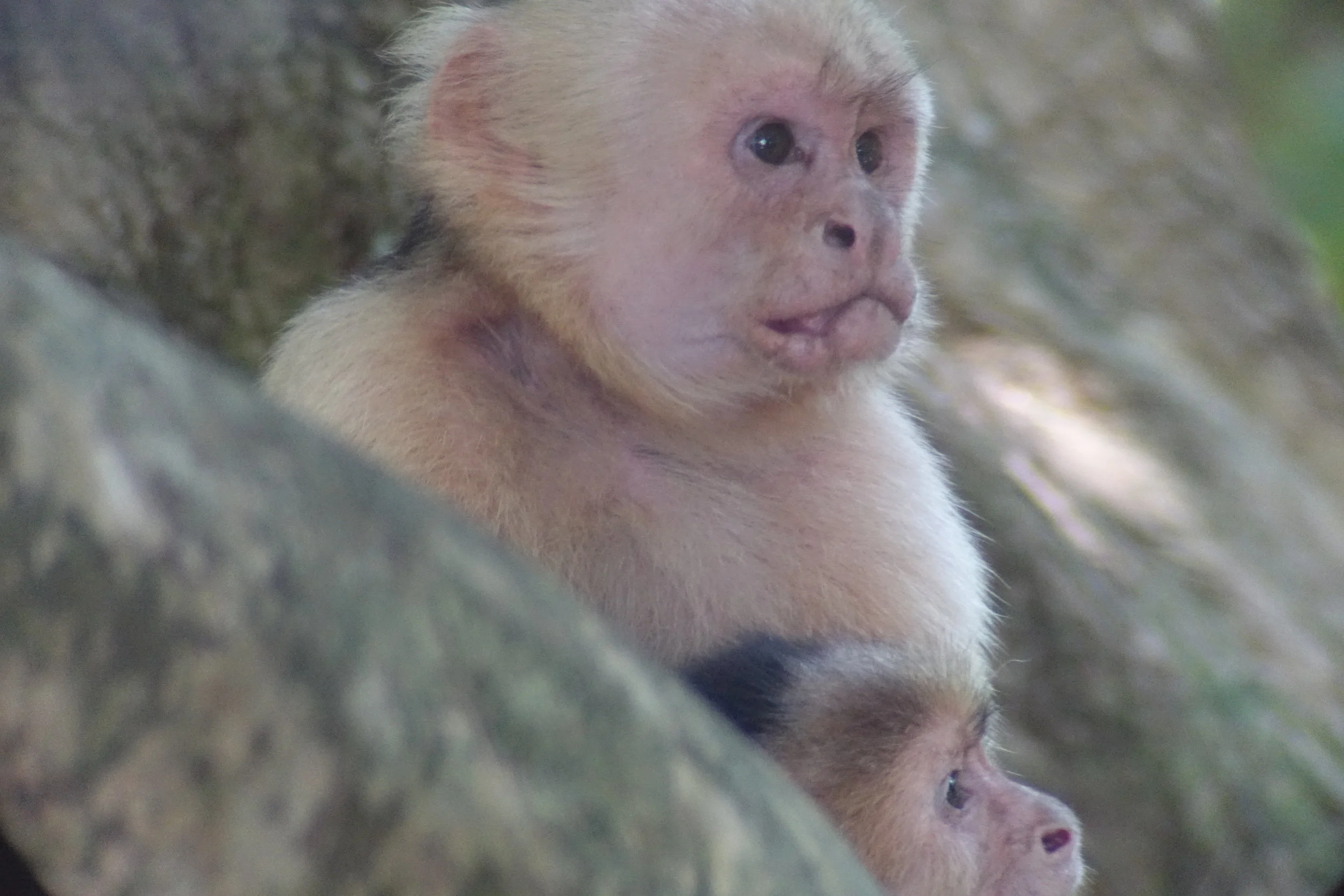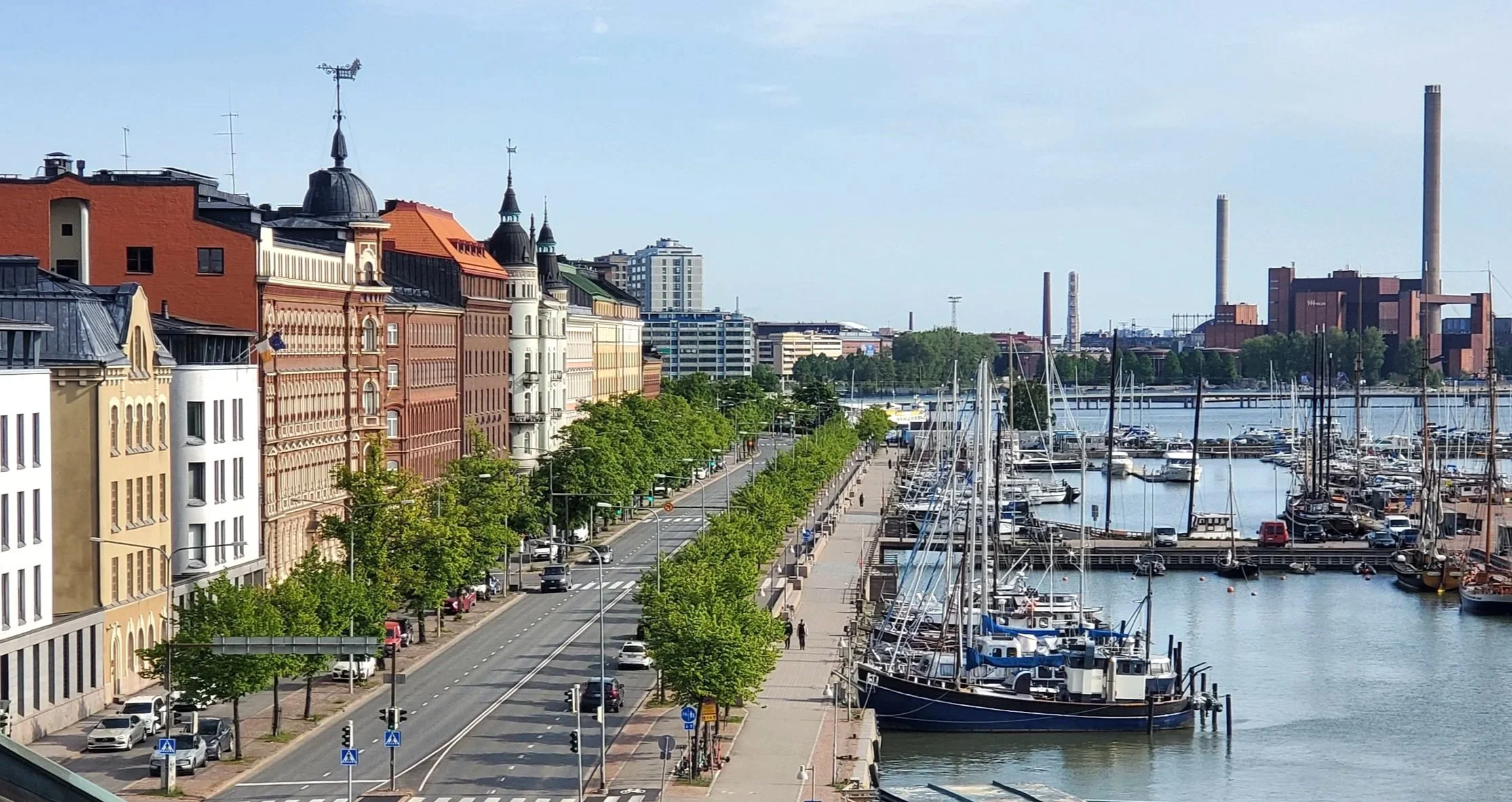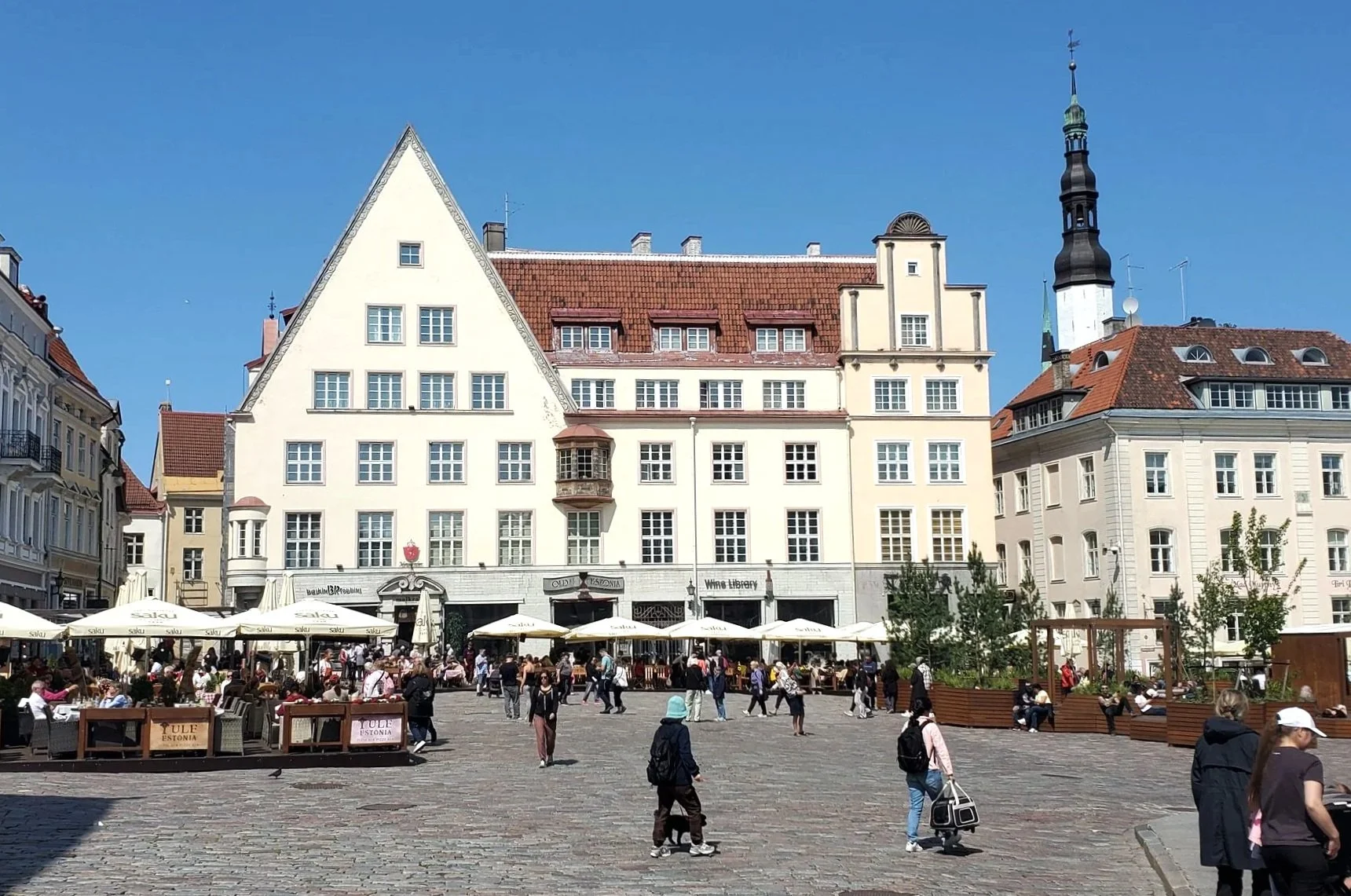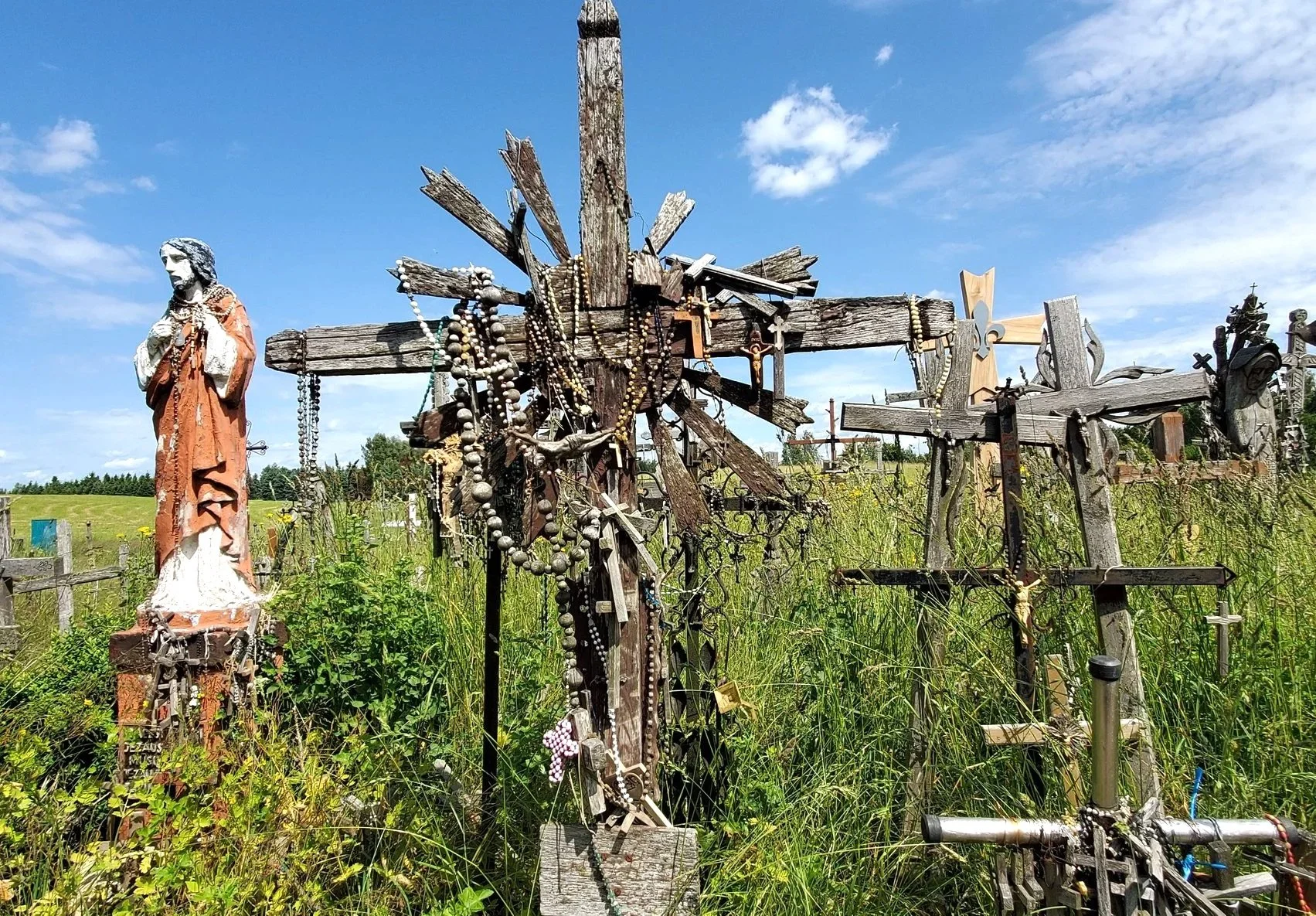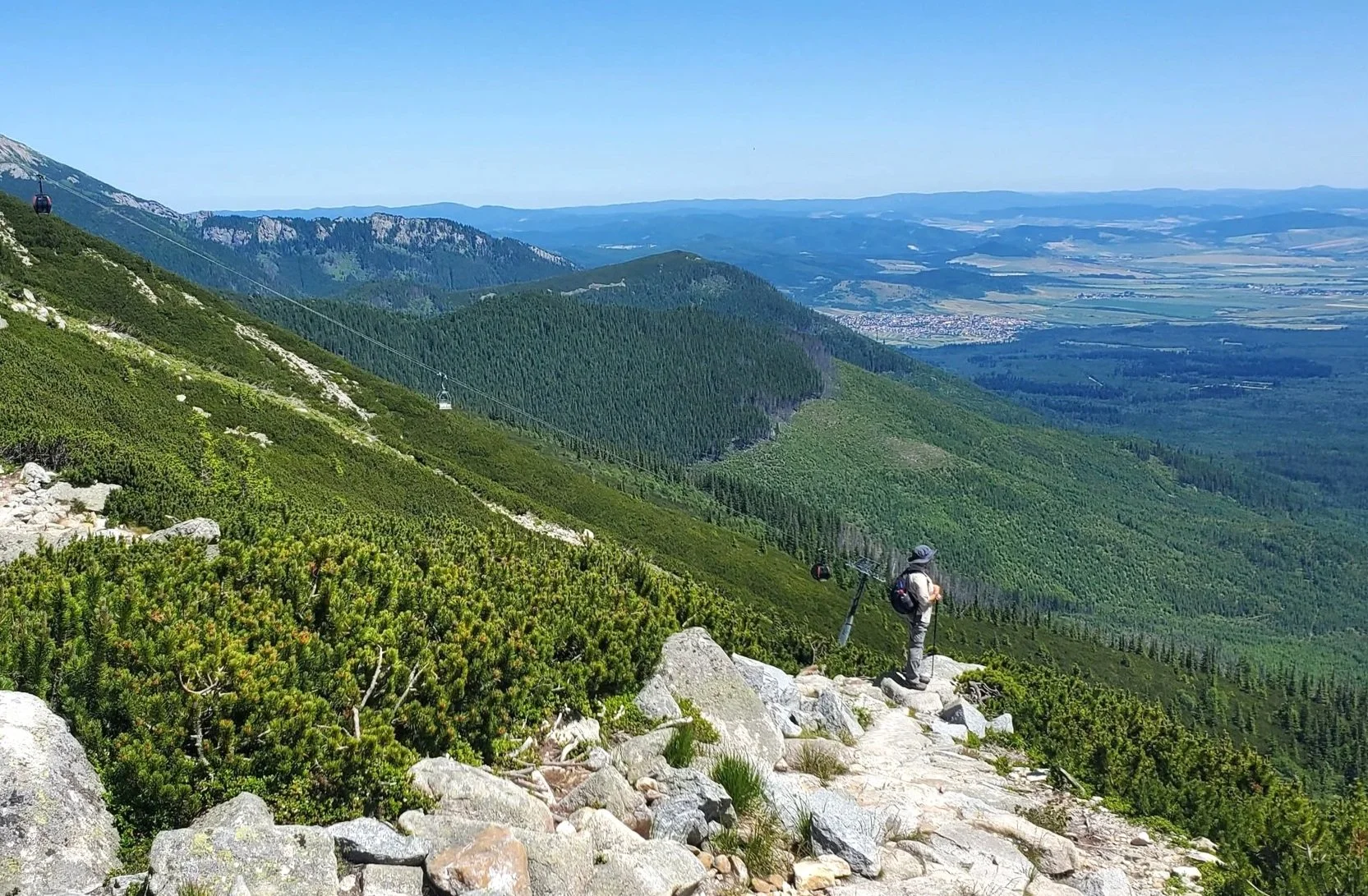Up a Sweet River - Belize to Honduras
/This post describes our trip from Punta Gorda in Southern Belize, via Livingston and Rio Dulce in Guatemala to Copan Ruinas in Honduras. We had trouble getting clear, accurate information on transport options for some of this trip so thought it was worth relating our experience here.
Punta Gorda to Livingston.
PG
Punta Gorda (aka PG if you don’t have the energy to say the full name) is basically the end of the road (more or less) heading south in Belize. An extension of the highway into Guatemala has been partially built but relations between Belize and Guatemala are not always as cordial as they could be and so the final stage of the highway link has stalled. Consequently, boat trips from PG to Guatemala and Honduras continue to be the method for travelling this route.
The port and Immigration office in PG is easily located on Front Street, and across the road is an office for Memo's Boat Service where you can buy tickets to Livingston and Puerto Barrios in Guatemala. Next door is what appears to be a closed-up brick building where El Chato can sometimes be found (sitting in front). They also go to Guatemala.
memo's salubrious office
Our prior on-line research indicated that direct connections from PG to Livingston were only on Tuesdays and Fridays and on other days you have to go via Puerto Barrios (ie a two-step boat process). However, when we went to the dock to find out our options we discovered that both El Chaco and Memos go each day to Livingston. El Chato’s captain was hanging around the closed-up building (he was pointed out to us by the immigration security guy) so we bought boat tickets for Thursday’s trip to Livingston (two days from then), leaving at 2.00pm. The cost was $B60/$US30p.p
We later learned that Memo goes at 10.30am and sometimes at 1.00pm daily. While we would not swear that these times won’t change the message is that there are more options than we thought. If you’re planning this trip head to the dock and you’ll be able to find out what the possibilities are.
blue creek with the cave entrance in the background
Note on PG: We did a trip to Blue Creek to explore the Blue Creek Cave with PG Tours. As it was the end of the wet season the creek was flowing high and strong through the cave so we had to swim and scramble to get up into it. We were only able to get as far as the first of 4 waterfalls inside the cave. But it was still a very good trip and PG Tours did a very professional job.
blue creek - though it does look a bit greenish
The boat trip from PG to Livingston with El Chato went very smoothly and took around 45 minutes.
Livingston to Rio Dulce
livingston
Livingston is a Garifuna town on the Guatemalan Caribbean. The Garifuna people, also known as Black Caribs, are of mixed South American and African descent. They have a unique culture and language. The town has a relaxed, safe feel and certainly a different vibe to the rest of the country.
At the dock it’s easy to arrange the boat trip to Rio Dulce (Sweet River) or, you can do what we did, and get your hotel/guesthouse to book it for you (same price). Cost was Q125/$US18
We stayed the night at Casa Escondida, very pleasant with a good view overlooking the river and dined at the Happy Fish (we shared a traditional Garifuna seafood soup dish – tapado - which was excellent).
restaurant - livingston
Next morning it was off on the 9.30 fast boat to Rio Dulce. There’s also an afternoon (2.30pm) service.
heading up the rio dulce
This trip took us up the Rio Dulce through great swathes of tropical jungle and a couple of narrow gorges. Lots of bird life. We stopped to pick up some travellers from a jungle lodge and also had a 20 minute refreshment and toilet stop. In all it took 2 hours.
We were surprised to see so many yachts in the river and later had it explained to us that this area is considered a safe haven during hurricane season so boats from all over the Caribbean travel here. Consequently, the town had a slightly odd feel with lots of expensive yachts along with the local Mayan and Garifuna population with more than a sprinkling of mostly (ageing) gringo yatchies.
Having been away from Australia for 11 months we couldn’t resist the idea of staying at the Australian run Hotel Kangaroo where we had been promised vegemite (if you don’t know what vegemite is – google it – it’s the unofficial national food of Australia). Hosts Gary and Gracia and their staff made us very welcome.
hotel kangaroo
We borrowed a kayak for the afternoon and paddled the short distance to San Felipe Fort, a 16th century Spanish fort built to combat the constant pirate raids.
san felipe fort
There is also some nice parklands near the fort and a couple of spots for a swim in Lake Izabal.
locals cooling off in lake izabal
Rio Dulce to Copan Ruinas
copan mayan archaeological site
Next morning's breakfast included the aforementioned vegemite as promised. Afterwards we went to the terminal of Liteaga bus company to catch the once daily, 9.00am bus to the Honduran border town of El Florido. But unfortunately, when we arrived we were told that the bus was full. Bugger.
Across the road was Fuente del Norte buses. They had a bus going at 10.am to Chiquimula, which is a transport hub town around three quarters the way to El Florido. So we took it – not exactly a chicken bus, probably would be described as a second class Guatemalan bus. Nevertheless it got us to Chiquimula in around three and a half hours. Cost: Q50/$US7.
The bus dropped us on the side of the highway near Chiquimula at where they said the colectivos (minivan taxis) picked up for the border. Sure enough after 5 minutes one stopped and off we went to “la frontera”. The cost was Q25/$US3.50. We actually had to change to another colectivo at around the halfway point but the colectivo chaps organised this without hassle.
in the colectivo
We eventually arrived at the border. We had to walk a couple of hundred metres to the Guatemalan immigration then another 100 metres to their Honduran counterparts. We paid the equivalent of $AUS5 for an entry visa.
Another colectivo was waiting past immigration to take us the 10km to Copan Ruinas for a couple of dollars each. And so, we arrived safe and well, after multiple transport changes, in the pretty town of Copan Ruinas.
Copan Ruinas
The archaeological park which sits beside the town is Honduras’s most important Mayan site. Its heyday dates back to between AD 426 and 820. If you want a detailed history click here.
The Copan Archaeological site is an easy 1 km walk from the town of Copan Ruinas along a mostly shaded path.
After paying the L300/$US15/$AUS20 admission you follow a wide path surrounded by massive ceiba and other trees inhabited by squawking macaws (guacamayas). They feed on various platforms provided by the park so, if you’re lucky, you may get to see one close up (we were lucky).
path leading to the great plaza
From there you’ll enter the Great Plaza with many different intricately carved stone stelae – a feature that distinguishes Copan from other Mayan sites.
stelae in the great plaza
From there we headed to the Hieroglyphic Stairway.
hieroglyphic stairway
Then to the Temple of Inscriptions.
temple of inscriptiones
Next stop was Patio of the Jaguars.
carvings on patio of the jaguars
Followed by El Cementario, which was in fact a residential area for the elite in its time.
el cementario
From there we headed to the West Plaza.
west plaza
And then to the Acropolis.
carving - acropolis
Then back to the avenue of the macaws and the exit.
scarlet macaw - AKA Guacamaya
We spent about 3 hours at the site. It also has a museum, which by all accounts is very good, but we didn’t visit. It was hot and we were ready for a chilled cerveza by then.
copan ruinas, central plaza
The town of Copan Ruinas is small, and tourist friendly. Cobblestone streets and a pleasant central plaza, all surrounded by green hills give it a relaxed feel. There are plenty of restaurants and guesthouses so it is one of Honduras’s safest and most popular tourist destinations.
We chose to spend a week there doing some Spanish Language lessons. Despite many months in Latin America our Spanish was nowhere near as good as we would've liked so we decided to try to give it a boost.
cally with her tutor, Karla
We did our lessons with the very well organised and friendly Guacamaya Language School. Thanks Enrique, Carla and Luis from Guacamaya. Definitely recommended. You can access their website here.
ken with tutor, luis
Our other recommendation in Copan Ruinas is for Cafe Ixchel. In 11 months travelling in Latin America their coffee is definitely the best we've had.
cafe ixchel making one of their more sophisticated blends - very nice
They grow the coffee on their on farm and have a range of interesting blends and styles. Definitely a must for any coffee lover.
Ken and Cally
young mayan girl, copan ruinas selling Muñecas- hand made dolls

